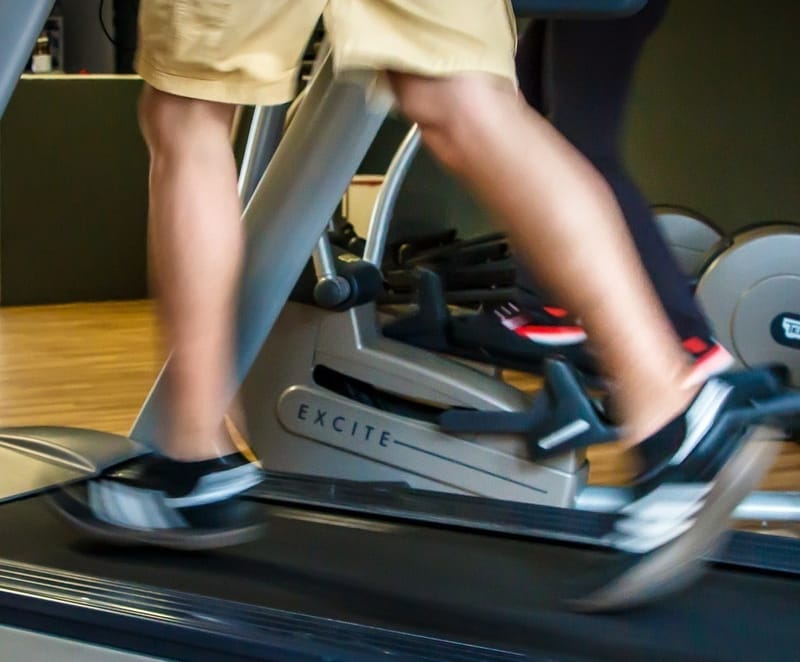Gait analysis

Problem: Measuring a walking gait index that indicates the posture balance from a sequence of 3D point clouds.
Datasets:
Proposed feature: cylindrical histogram
Approach used cross-correlation applied on each pair of sequences of half-body sub-histograms to calculate the index.
Approach used an auto-encoder trained on healthy/normal walking gaits to estimate the index.
Approach used an adversarial auto-encoder to estimate partial indices and then combined them to provide the final index.
Paper (PAA, Springer) | arXiv | code
Approach considered body surface normals estimated from each 3D point cloud and measured their symmetry based on the transverse, sagittal, and coronal planes associated to the body.
Paper (Sensors, MDPI)
Approach extracted gait features from FAST key points and then combined with frontal posture symmetry to provide the final index.
Approach employed Long Short-Term Memory to model typical movement of healthy subjects from a sequence of 3D skeletons.
Paper (ICIS, IEEE) | arXiv | code
Approach used an auto-encoder with sparsity constraint to estimate walking gait indices from 3D skeletons.
Paper (ICCE, IEEE) | arXiv | code
Approach combined the k-means clustering and hidden Markov model to learn the typical transition of postures in a gait cycle.
Approach proposed geometrical features estimated from walking silhouettes and fed into a hidden Markov model to learn the typical walking gait cycle.
Paper (SoICT, ACM)


